Geraldine Moodie (née Fitzgibbon) (1854, Toronto–1945, Calgary, Alberta)
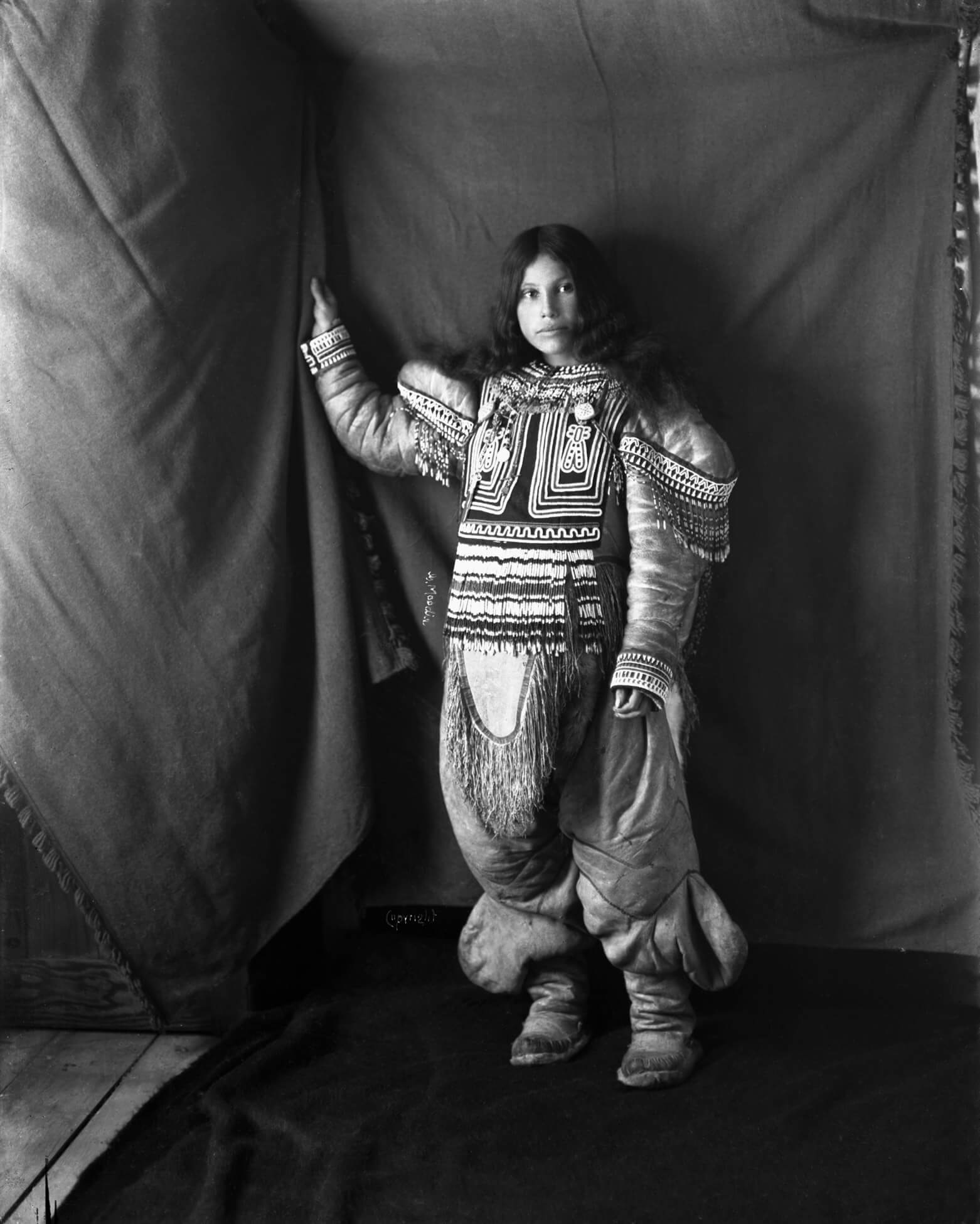
Inuit woman, Kootucktuck, in her beaded attigi, 1903–5
Gelatin silver print, 22.5 x 17.5 cm
Glenbow Museum, Calgary
Created by Geraldine Moodie (1854–1945), this striking studio portrait of Kootucktuck, a young Inuit woman wearing an elaborately beaded parka, is among the first photographs taken in the Arctic by a woman. In the images she captured in the Hudson Bay area, Moodie was particularly attuned to the clothing of the Indigenous people as well as the daily activities of women and children. But unlike most photographers of her era, Moodie captioned her photographs with the names of Indigenous subjects in Cree and Inuktitut.
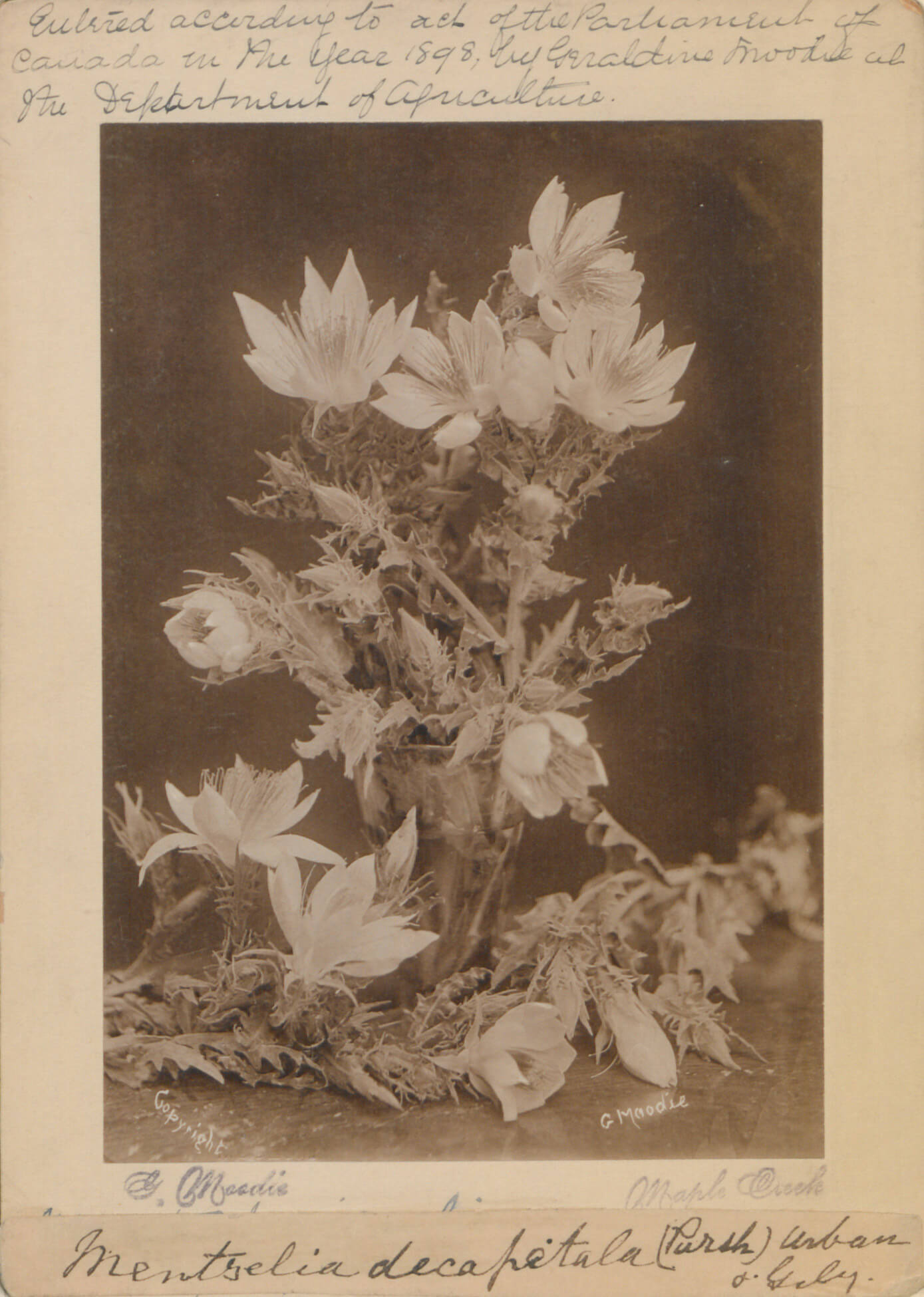
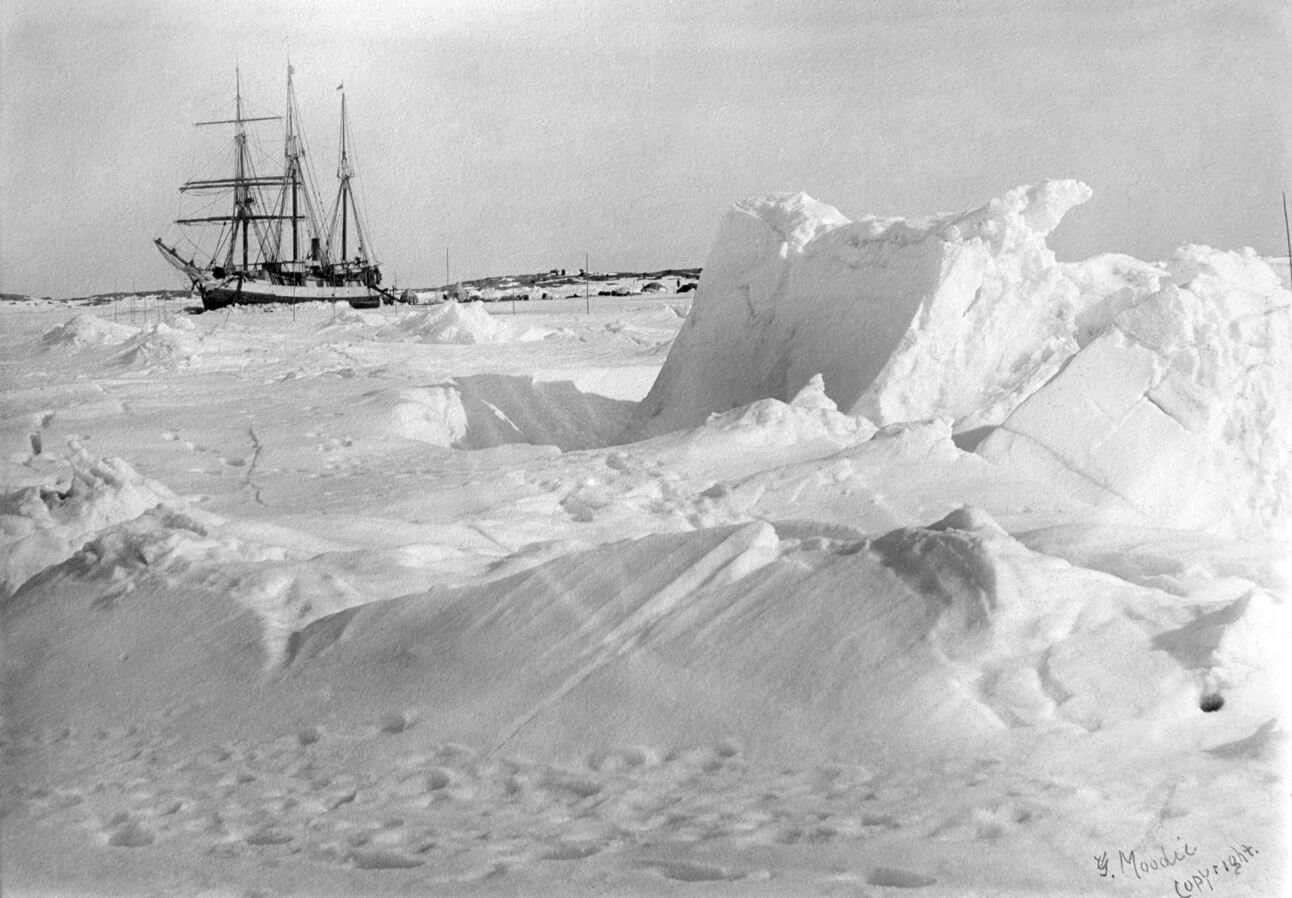
Moodie came from a line of women artists deeply engaged with documenting aspects of settler-colonial life. Her husband, Douglas Moodie, was an officer with the North West Mounted Police (NWMP). Although Geraldine joined him on many postings, she also moved back and forth to her mother’s home in Lakefield, Ontario. Over this time, during which she gave birth to and raised six children, she was also taking photographs of plant life, creating images like Mentzelia decapetala, 1898. Just after her fortieth birthday, she shifted from amateur to professional photographer, turning her lens on the Indigenous communities around her Prairie home in Battleford, Saskachewan. In 1895, she became the first woman to open a studio in the region.
From 1903 to 1909, Moodie’s husband was posted to Cape Fullerton, in what is now Nunavut. Historians have often suggested that Moodie’s Northern subjects appear comfortable in front of Moodie’s camera, but it is crucial to recall that she was part of a governmental party tasked with establishing the first police presence in the Hudson Bay area. Some of the Northern images are acutely attuned to the traumas brought by incursion of southern settlers. Her Portrait of Two Southampton Inuit Children, 1903–5, shows two small children who were among the four children and sole woman who survived an epidemic brought by whalers that decimated the Tuniit community on Southampton Island in 1902.
Moodie taught her husband photography and, in the North, she focused on portraits while he photographed the landscape and the NWMP operations. Not only did Moodie copyright many of her Northern photographs, but they often accompanied the reports Douglas sent to Ottawa on NWMP activities and, as a result, many of Geraldine’s Northern photographs are held in the Royal Canadian Mounted Police (RCMP) collection at Library and Archives Canada.

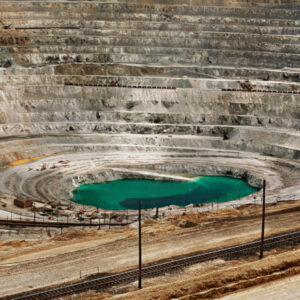 About the Authors
About the Authors
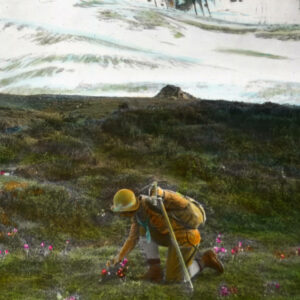 More Online Art Books
More Online Art Books
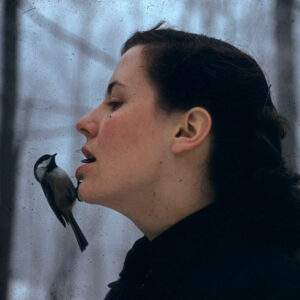 Acknowledgements
Acknowledgements